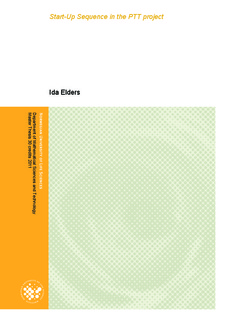| dc.description.abstract | GPS positioning is a well-known positioning system and used in several
applications. However, these signals are sent with low power and do not
penetrate walls and have problems in urban areas with tall buildings. On the
other hand, GPS shows advantages compared to other technologies when used
outside. Since timing is one of the most important issues when it comes to
positioning, some of the timing tools from the GPS can be helpful in other
positioning systems.
Using terrestrial communication such as television signal, which is designed to
penetrate into people’s houses, makes it possible to positioning indoor and in
urban areas as well. Still, this is not designed for positioning use, and there are
more possible positioning errors. Depending on what the positioning is used for,
the accuracy with TV signals may be enough, but when used in violence alarms
and for firefighters there is a need for much higher accuracy. It is also important
that the altitude can be decided.
The Pseudo Television Transmitters (PTT) system has been designed for high
accuracy positioning indoor, where it is crucial to reduce errors. Especially the
timing and start up order is important and one of the technical things we can
control. The rest of the error is often caused by multipath, and bad geometry on
the transmitters. The PPT system consist of GPS receivers who give the
absolute position for the transmitter, baseband transmitters with special designed
antennas which broadcast the TV signals, Software signal generator, filters, and
amplifiers. There is an interface controller which connects and controls all the
parts and which the communications goes through.
In the system discussed and the applications developed in this paper, GPS has
been used as a helpful part of the system. The system needs to use GPS for
absolute positioning of the baseband receivers, and provides an in common
clock for the total system. It also provides a 1 Pulse per Second (1PPS) signal
which is used as a reference to make the system work together in the best way.
This paper has focused on the interface controller which is the communication
between the parts in the system. One of the most important parts is to optimize
the timing and have a start-up sequence where the accuracy errors are reduced
as much as possible. This paper is written at and for Rosum Corp, and
development done is used in a system which will run live, already sold to a
customer.
To be able to make an optimized interface controller, a hardware unit is chosen
regarding to the specification, and the start-up sequence developed,
implemented and written in the programming language C. | en_US |
